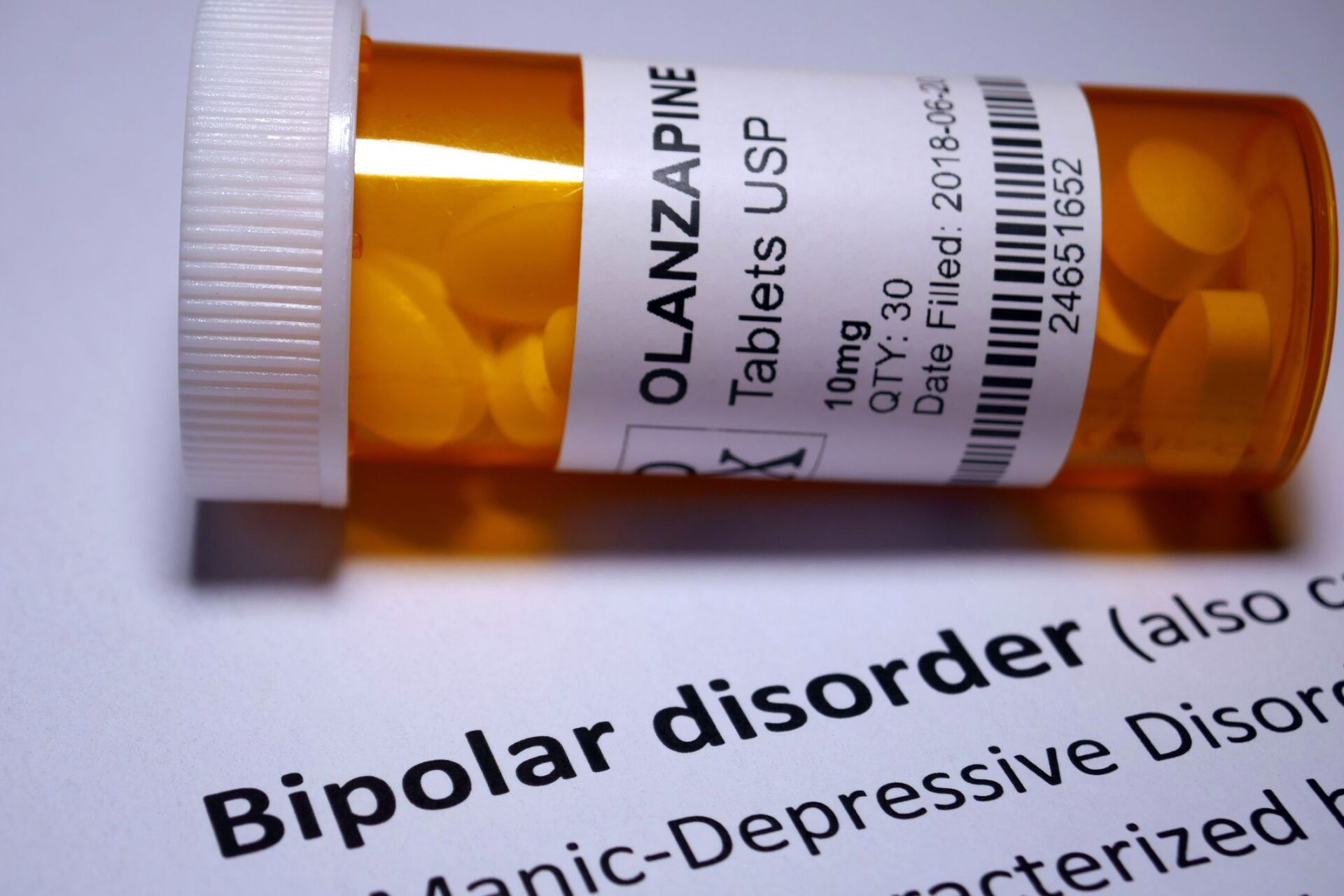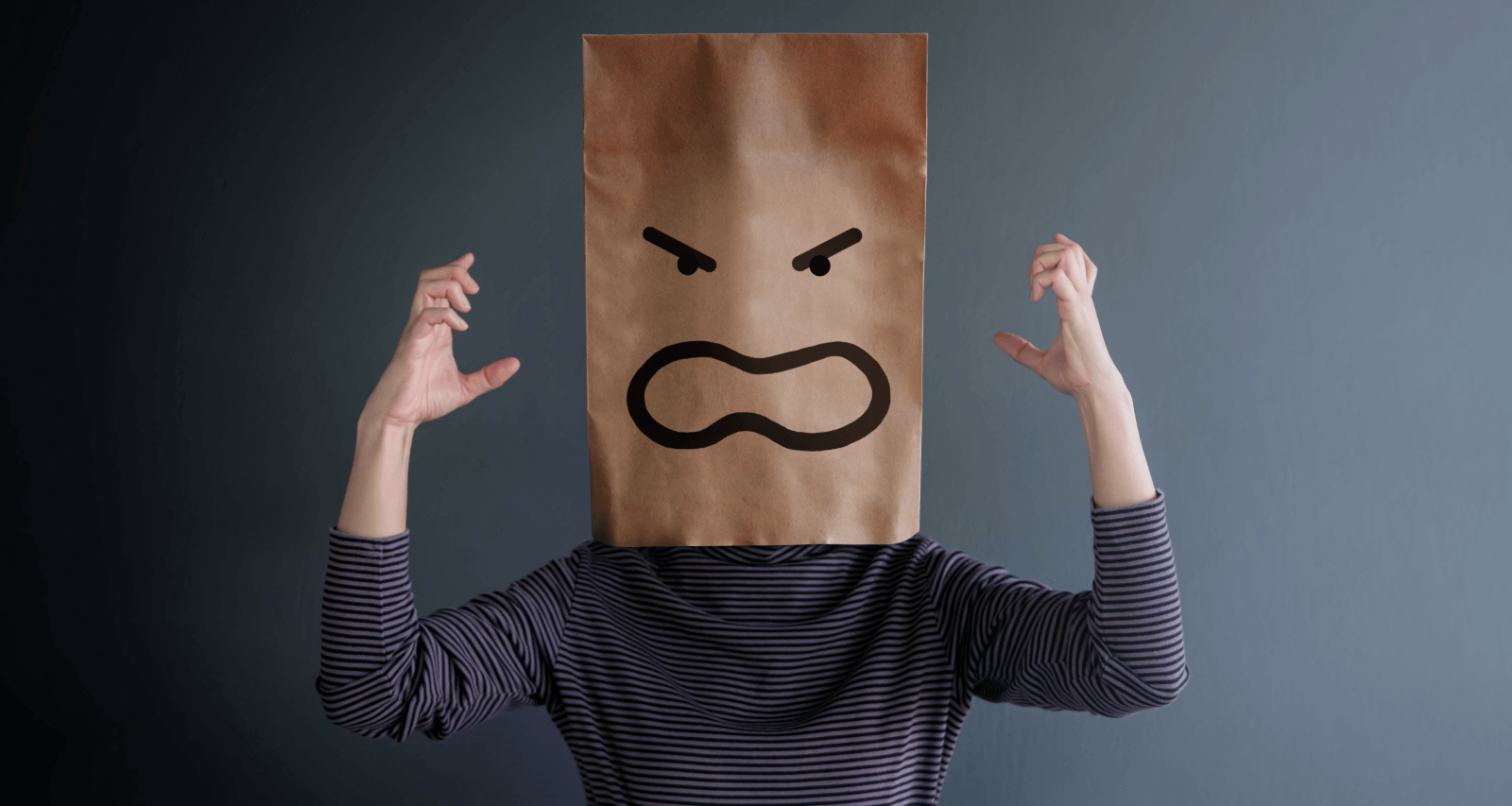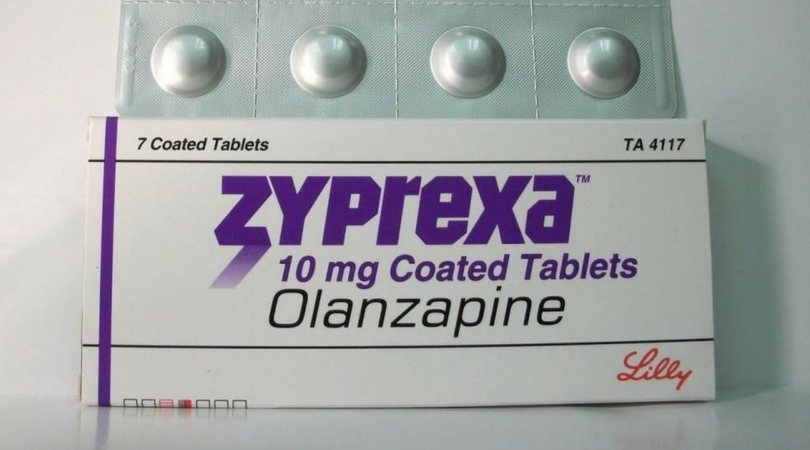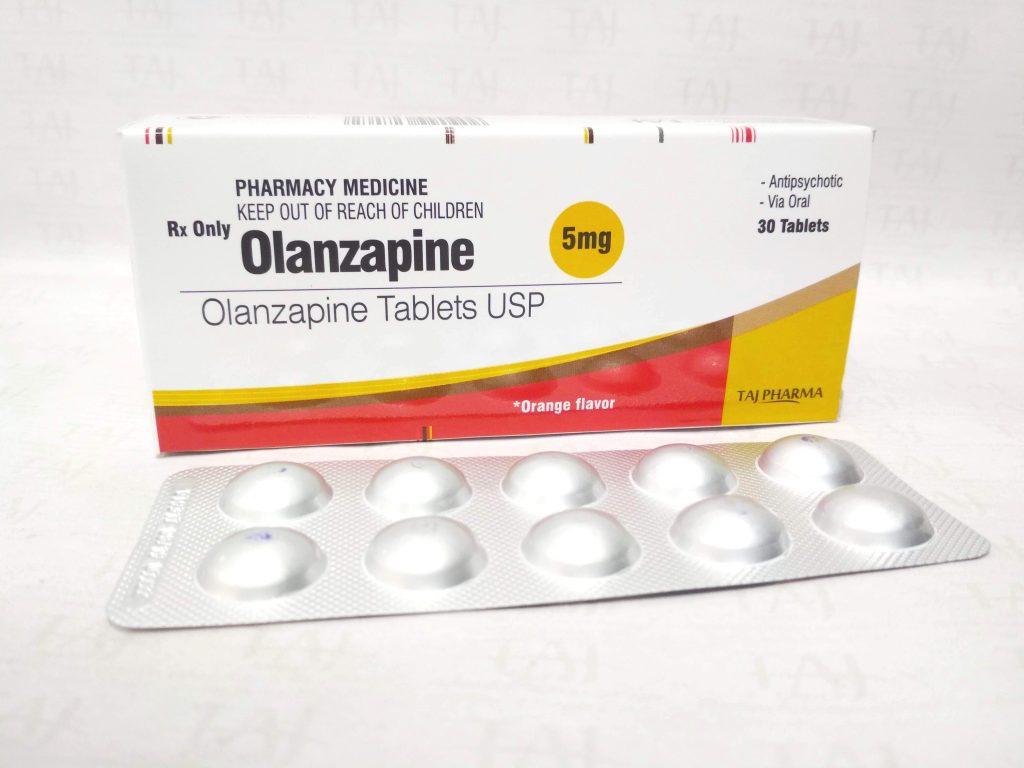Olanzapine is a powerful antipsychotic drug that can treat a variety of mental health conditions. It is part of the atypical antipsychotic class of medications and works by blocking certain receptors in the brain. Olanzapine is prescribed for the treatment of schizophrenia, bipolar disorder, and major depressive disorder. It can be very effective in relieving symptoms of these disorders, but like all medications, it has side effects. In this blog post, we will discuss the uses, side effects, and dosage of olanzapine.
Contents
What Is Olanzapine?
 Olanzapine is an atypical antipsychotic drug that belongs to the class of medications known as thienobenzodiazepines. It is used primarily in the treatment of schizophrenia and bipolar disorder, but also has been shown effective in treating major depressive disorders (MDD) and irritability associated with autism spectrum disorders
Olanzapine is an atypical antipsychotic drug that belongs to the class of medications known as thienobenzodiazepines. It is used primarily in the treatment of schizophrenia and bipolar disorder, but also has been shown effective in treating major depressive disorders (MDD) and irritability associated with autism spectrum disorders
Olanzapine has a high affinity for dopamine D₁ and D₂ receptors; serotonin-receptor subtypes such as the serotonin receptor S₁A, S₁C, S₄a, S⁶b, and the serotonin transporter protein. Olanzapine also acts on norepinephrine (noradrenaline), histamine, and muscarinic cholinergic receptors.
What Does Olanzapine Treat?

There are many different antipsychotic drugs on the market and they all have different uses. Some of them are used to treat similar conditions, but some are very specific in their use. Olanzapine is unique because it has so many different uses:
Schizophrenia
This is the main use of olanzapine. It is used to treat schizophrenia, which is a chronic mental disorder characterized by persistent perceptual and emotional abnormalities that are often accompanied by delusional thinking and impaired social functioning. Sometimes, people with schizophrenia have hallucinations, which is when a person hears or sees things that are not there.
Bipolar Disorder
This condition is characterized by periods of mania and depression. It usually starts in early adulthood and tends to run in families. Olanzapine can help treat the manic episodes in bipolar disorder because it helps stabilize the mood swings from high to low. This is important because if left untreated, manic episodes can lead to risky behavior and even death.
MDD
Olanzapine is also effective in treating major depressive disorders. It usually works better than a placebo (a pill with no medicine) and it has been shown to be as effective as some of the most commonly used antidepressants. This is good news for people who don’t want to take an antidepressant or for those who have had a bad reaction to them in the past.
Autism Spectrum Disorders
Olanzapine is very effective at treating autism spectrum disorders (ASDs). ASD is a developmental disorder that affects communication and behavior, among other symptoms such as anxiety, hyperactivity/hyperarousal states (HHS), obsessive-compulsive disorder (OCD), attention deficit hyperactivity disorder (ADHD), and mood swings.
What Symptoms Does Olanzapine Treat?

This medication treats the symptoms associated with schizophrenia, bipolar disorder, major depressive disorders, and autism spectrum disorders. The most symptoms this medication treat is:
Irritability
Irritability is one of the main symptoms that olanzapine treats. This is especially true for those with autism spectrum disorders, but it also applies to people who suffer from mood imbalances such as bipolar disorder or major depressive disorders. It can help reduce feelings of irritability so that you are less likely to have angry outbursts or feel annoyed all the time.
Anxiety
Anxiety is a common symptom in many different conditions. This drug is very effective at treating anxiety with schizophrenia, bipolar disorder, and MDD). Olanzapine can decrease the levels of cortisol (the stress hormone) in your body which helps make you feel calm instead of anxious about everything going on around you. You may notice that you feel less worried and more in control when taking olanzapine.
Hallucinations
Hallucinations are a common symptom of schizophrenia, but they can also occur in other mental disorders such as bipolar disorder or major depressive disorder. Olanzapine helps to reduce the number of hallucinations that people experience, which can make life much easier and less confusing.
Delusions
Delusions are false beliefs that are not based on reality. They are often seen in people with schizophrenia, but they can also show up in those with bipolar disorder or MDD. Olanzapine has been found to be effective at reducing the number of delusions that people have, which can help them live their lives more effectively without having to worry about things that aren’t real.
How Does Olanzapine Work?

Olanzapine works by blocking the effects of certain chemicals in your brain called neurotransmitters. When these chemicals are blocked, they can’t send messages between nerve cells as easily which means it takes longer for them to work and make you feel calm or relaxed (or any other mood). This helps reduce symptoms like irritability, anxiety, hallucinations, delusions, etc.
This drug is also thought to work by binding tightly with receptors in your brain cells. This prevents other chemicals from attaching there as well, which means that when you take olanzapine it will last longer than if something else was attached too
How Long Does It Take To Work?
This medication nearly takes three weeks to work. It is a long-acting medication and it works very well for people with serious mental illnesses like schizophrenia or bipolar disorder. People who take this drug may notice that their symptoms start to improve after about two weeks, but it can take up to six months before the full effects kick in.
How Olanzapine Is Taken?
 You can take Olanzapine as:
You can take Olanzapine as:
- In tablet form (this is the most common way). You swallow it whole or crush up tablets and mix them into a drink like juice or water. The dose varies depending on what condition you have but usually ranges between 15 mg-20 mg/day for adults and 0.15mg/kg body weight per day in children under age 18 years old who are taking this medication orally; some patients may require higher dosages (up to 600 mg/day).
- In the liquid form which is injected directly into your vein through an IV line. You will need special training if you want to use this method. This is because there are risks with it such as infection at the injection site or blood clots forming in the veins.
Side-Effects Olanzapine

There are a few common side-effects that people taking olanzapine may experience. These can include:
Weight Gain
Weight gain is a common side-effect of olanzapine. This may be due to an increase in appetite caused by this medication, which means that patients will eat more food than they normally would.
Dizziness
Dizziness is one thing that many people experience when taking olanzapine. This can be dangerous if it causes them to fall over or accidentally hurt themselves because they are not able to react quickly enough due to their dizziness.
Sedation
“Sedative” means “causing sleep,” so a sedative drug will make you feel sleepy and relaxed. Olanzapine is an antipsychotic medication but it also has some sedating properties too; this might cause problems for patients who need alertness during the day like students trying hard at school while taking this medicine.
Blurred Vision
Blurred vision is another side-effect that people taking olanzapine sometimes experience. It might make it difficult for them to see what’s going on around them clearly and can be dangerous if they are driving or operating heavy machinery.
Tremor
Tremors describe as shaking of the arms, legs, or head. This may not seem like a big deal but it can be very frustrating and embarrassing for patients who have it.
Sexual Dysfunction
Sexual dysfunction describes problems with sexual arousal, orgasm, or ejaculation. This can cause difficulty in maintaining an erection (erectile dysfunction), reduced sex drive, inability to reach orgasm, and premature ejaculation.
How To Manage Side-Effects of Olanzapine?

There are many ways that people can manage the side effects of olanzapine if they are experiencing them. Some methods include:
Eating Healthy Diet
A healthy diet is always important, but it’s especially key when you are taking medication that might cause you to gain weight. Eating plenty of fruits, vegetables, and whole grains will help keep your body healthy while minimizing the amount of weight you may gain from olanzapine.
Exercising Regularly
Regular exercise is another great way to stay healthy and minimize the effects of any medication you may be taking. It’s also a good way to reduce stress levels, which can help improve your mood if you are feeling down while taking olanzapine.
Monitoring Weight and BMI
It’s important to keep track of your weight while taking olanzapine, as well as your body mass index (BMI). This can help you see if you are gaining weight at a healthy rate or not. If you notice that the number on the scale is going up too quickly, talk to your doctor about ways to manage it.
Taking Olanzapine With Food
If you are finding that the side effects of olanzapine are causing problems for you, ask your doctor if you can try taking it with food. Often times this will help reduce some of the unwanted symptoms.
Using Different Dosages
Your doctor may also want to try different dosages of olanzapine to see if that helps reduce the side effects. If you are feeling overwhelmed by them, don’t be afraid to speak up and let your doctor know.
Using Different Medication
If the side effects of olanzapine are proving to be too much for you to handle. Your doctor may suggest switching to another medication altogether. There are many different antipsychotic medications available. So there is likely one that will suit you better than olanzapine does.
Talking To Your Doctor About Olanzapine Side-Effects
It’s important to always talk to your doctor about any problems you are having while taking medication. This includes both good and bad effects. It also includes any concerns you might have about how well it works for you. Your doctor will be able to make adjustments based on your feedback. You should ensure that the medication continues working as intended. This is without causing harmful side effects.
Conclusion
Olanzapine can be a very effective medication for treating mental health disorders. It’s important to be aware of the potential side effects. There are many ways that people can manage them if they are experiencing problems and your doctor will work with you to find the best way to do that.
You can also contact us to know about Olanzapine’s side effects or any other antipsychotic drug.
A Word From Therapy Mantra
Your mental health — your psychological, emotional, and social well-being — has an impact on every aspect of your life. Positive mental health essentially allows you to effectively deal with life’s everyday challenges.
At Mantra Care, we have a team of therapists who provide affordable online therapy to assist you with issues such as depression, anxiety, stress, relationship, OCD, LGBTQ, and PTSD. You can take our mental health test. You can also book a free therapy or download our free Android or iOS app.


